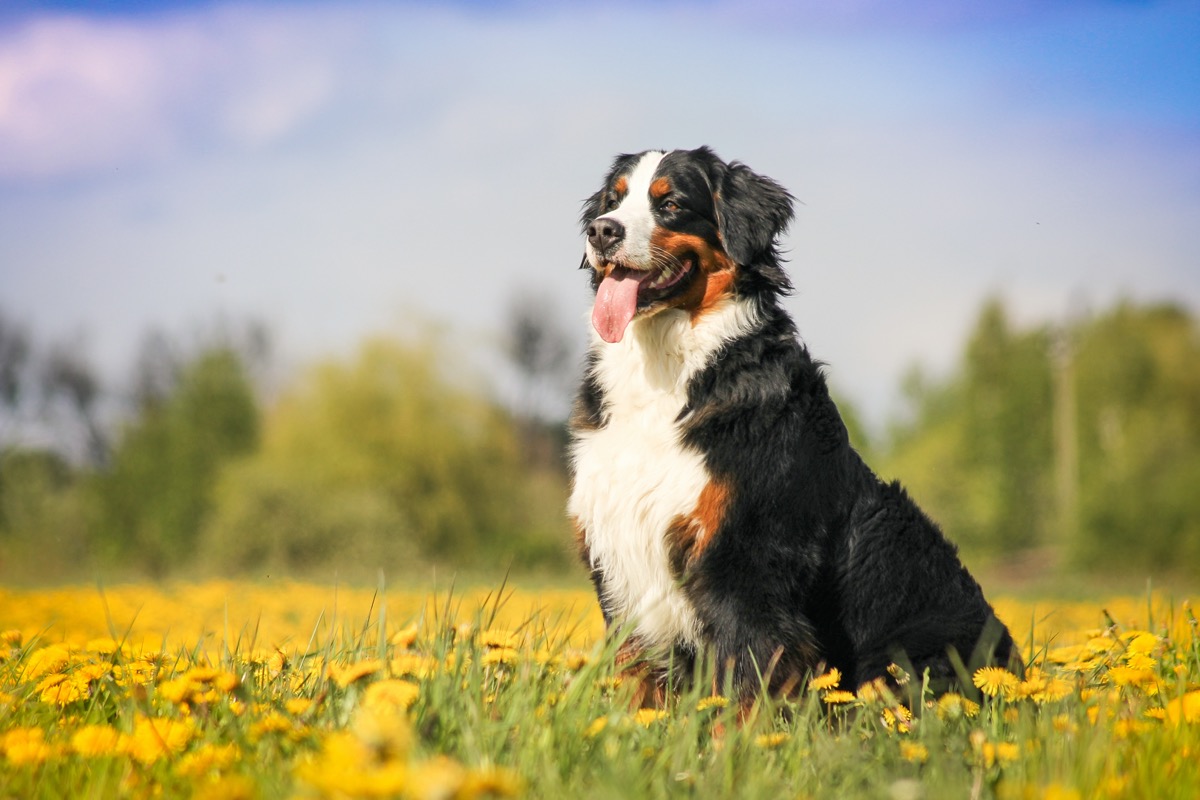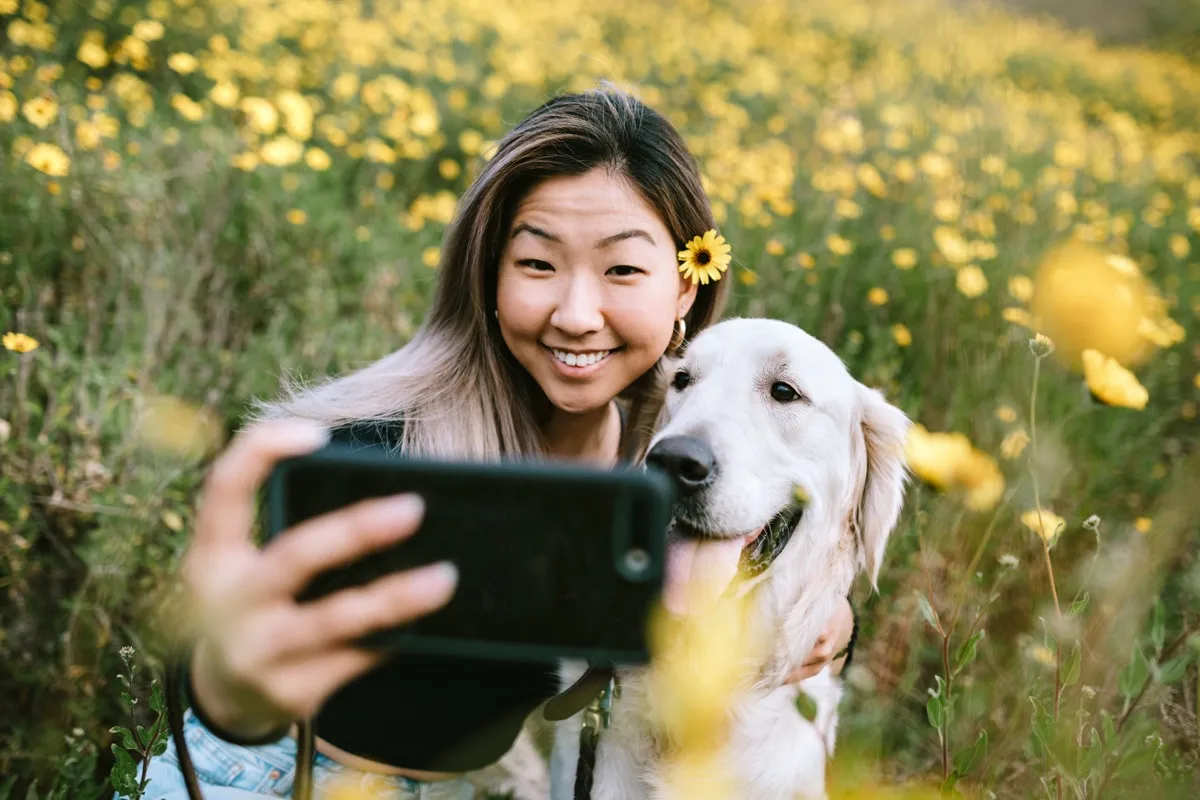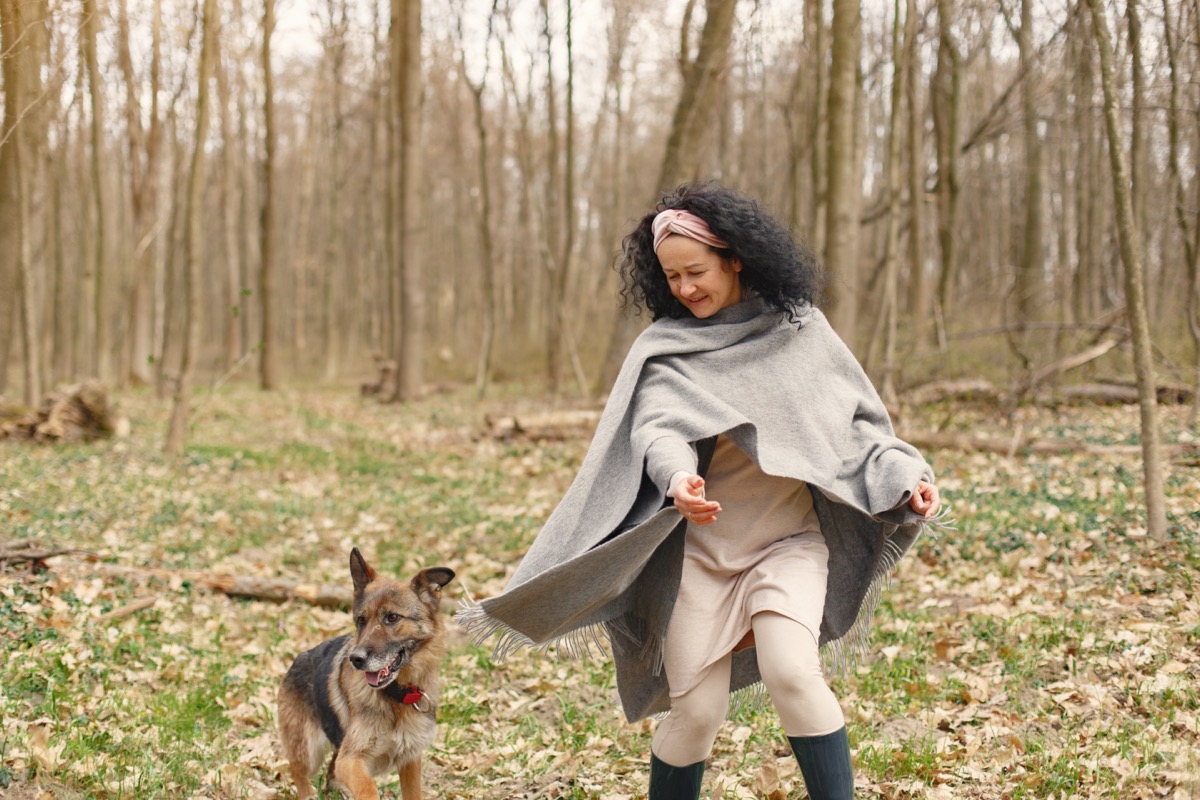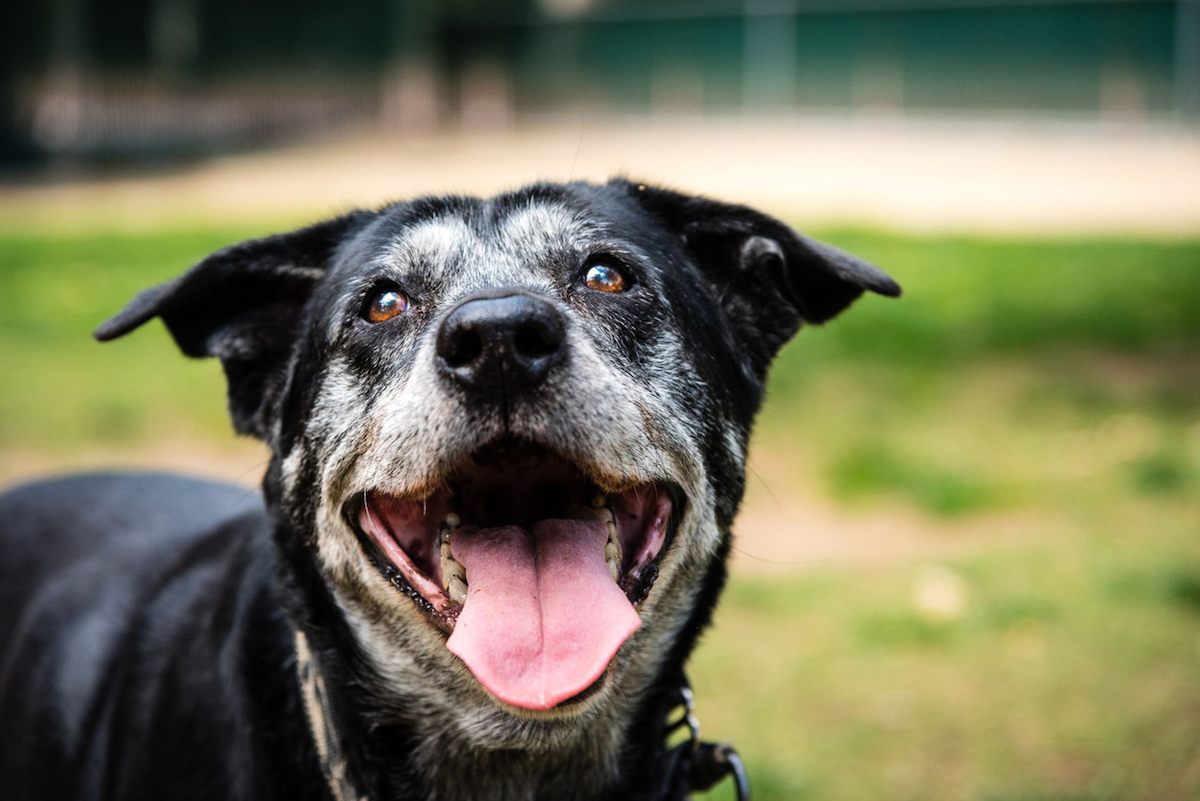The study tested dogs’ curiosity and interest in new experiences by allowing each pup to explore a room they had never seen before while their owner stood in the middle ignoring them. They also put a self-moving toy that made noise in the room and let them interact with it for a minute. What they found was that “the novelty-seeking trait didn’t change much in early life, but then, when the dogs were three, their curiosity about novel objects and situations started to decline,” NBC News reports. Whether you see it as a mid-life crisis or maybe just realizing the world is a tougher place than originally believed, results showed that the experience of becoming less curious about our surroundings and new experiences is one that canines and humans share. In the case of dogs, this begins at three years old—which is about the equivalent to the beginning of middle age for humans. And for another vital update that could affect your dog, The FDA Just Recalled 21 Popular Dog Foods for This Terrifying Reason. The study also tested how quickly dogs could learn the solution to simple problems by hiding a piece of sausage inside a canister with a lid, then showing them how to remove the lid to find the treat. The dog then had one minute to find the food. Similar to human babies, this ability improved with age until they were about six years old, when it plateaued. And for news pup owners need to know, check out Petco Just Took This Controversial Product Off Its Shelves. To test frustration levels, the researchers tied a piece of sausage on a string and swung it in front of the dogs’ noses just out of reach for one minute. However, this experiment yielded results that experts did not expect. “Something that was surprising to me is that dogs don’t seem to get particularly more intolerant of frustration as they get older,” Katherine Houpt, MD, professor emeritus at the Cornell University College of Veterinary Medicine, told NBC News.ae0fcc31ae342fd3a1346ebb1f342fcb The results also found that social dogs remained social throughout their entire lives, while solitary pups rarely became significantly more overtly social as they aged. And if you’re thinking of bringing a canine companion into your life, check out The 50 Most Popular Dog Breeds in America. One thing that didn’t surprise experts was how energetic dogs behaved as they got older. Again, results pointed to something that humans and canines seem to share. “Dogs get less active with age, and that should give hope to the people who have puppies that are too active,” Houpt said. “And while they become less oriented to problem-solving and novelty-seeking as they get older, they remain obedient and social, which is probably the most important thing for owners,” she concluded. And if you love pups who’ve been around the block, you’ll love these 30 Photos That Prove Why Senior Dogs Are the Best.



